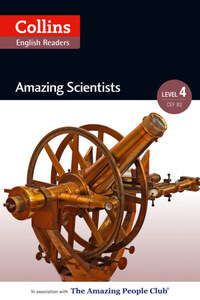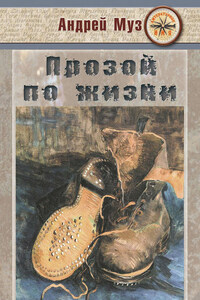1745–1827
the man who invented the battery
Before electricity, people lived half their lives in darkness. We relied on horses for transport. The basic ingredients had been available for over 2,000 years, so why did it take us so long to learn to use the power of electricity?

On 18>th February 1745, I was born into a wealthy family, in Como in northern Italy. Both my parents, my mother, Donna Maddalena and my father, Filippo, came from high-class Catholic families. I was a very introverted child, and even by the age of four, I wasn’t speaking. My family thought that I was unable to speak, that I lacked the intelligence to do so. Despite this, I was sent to the local Catholic school, run by priests, and by the time I was seven, I had surprised everybody. Far from being stupid, I was really quite clever. At this time, my father died, which affected me deeply and I became even quieter and less communicative. My uncle, who took over the responsibility for my education, and the teachers at school, wanted me to become a priest. This had been the career of other members of my family and it seemed suitable for me, too. I, however, was not interested in joining the church and I refused. My family’s second career choice for me was law. I wasn’t very keen on becoming a lawyer either. When I was fifteen, I started studying natural philosophy at school. I was a good student and I also liked reading and studying languages, something I appeared to be talented in because I learnt to speak Latin, French, English, Dutch, Spanish, Russian and Greek. I liked writing poetry, too. My real interests, however, were physics and chemistry.
I was fascinated by the way things worked and I read all the science books I could find, especially if they were about electricity, which I was really interested in. In 1763, when I was 18, I started to write letters to a French physicist, who was also a priest, called Jean-Antoine Nollet. Nollet had been doing experiments with electricity. In 1748, he had invented the electroscope – a machine that could find whether there was an electric charge present in something or not. He was also fond of demonstrating the results of his research and his lectures soon became popular. One spectacular demonstration was done in front of King Louis XV at the Palace of Versailles in France. Nollet managed to pass an electrical charge through 180 people. For this demonstration he used 180 soldiers and something called a Leyden jar. This was an ordinary glass jar which was lined with paper-thin sheets of tin – a metal, and three-quarters filled with water. At the top of the jar there was a cork through which passed a thin metal wire. The wire was attached to a metal chain outside the jar to allow the electrical charge to pass into the jar. Nollet asked the soldiers to stand in an open circle and hold hands. When he told them to, the first and last soldier each touched the jar, completing the circle. The electricity passed through each soldier at the same time with the result that all 180 soldiers jumped into the air simultaneously. The king was highly amused by this and made Nollet repeat the demonstration using priests. Nollet did many other demonstrations and experiments and news of his work spread throughout the scientific community.













